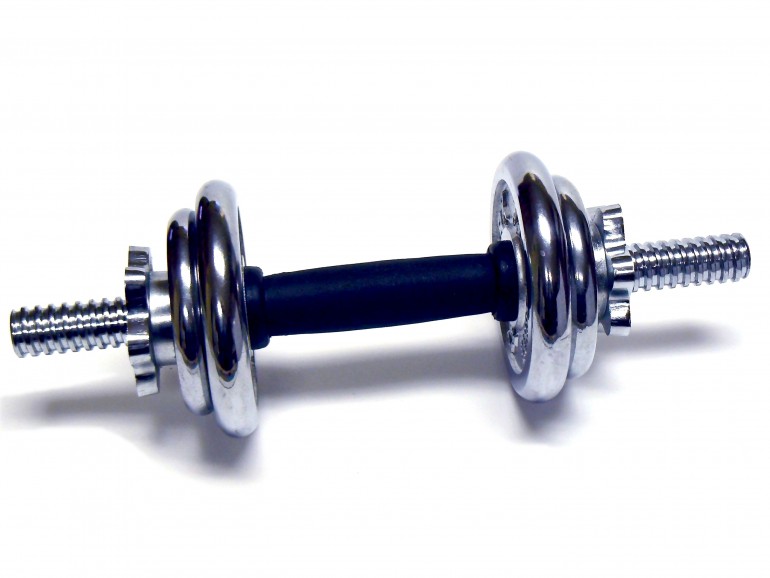
Key Term: Hypertrophy
Hypertrophy is defined as the increase in the cross-sectional area of muscle, due to an increase in the size and number of myofibrils (bundled together to form muscle fibers) and is related to high load, low volume training (CPTN Manual, 2005).
1. Push Each Set to Fatigue
For hypertrophic adaptations to occur, your muscles must be put under stresses which are more intense than those they are accustomed to dealing with. By doing this, your brain will register that the myofibrils must increase in size and number in order to handle this new load/stress in the future.
2. Avoid Overtraining
You don’t need to kill yourself in the gym – slaving for hours will not speed up your progression. 1-1.25hrs in the weight room is sufficient and more effective than going overboard. Overtraining can lead to muscle atrophy (loss in size) and a whole slew of other negative effects.
3. Avoid Overeating
It has been strongly recommended by many Registered Dietitians that ingesting 5-6 smaller meals every 2-3hrs is better than eating 3+ huge meals. I will provide some nutritional information below.
4. Rest Up
Due to the intensity of this form of training, your body will need enough rest to allow for rebuilding/recovery to occur. Approximately 8hrs of sleep per night is recommended on top of limiting the amount of physical activity partaken outside of the gym. If you are a hard gainer (i.e. you find it difficult to pack on muscle and maintain it) this recommendation is further stressed.
5. Stick to the Basics
No need to get fancy – basic lifts are the key to gaining muscle mass due to their emphasis on the major large muscle groups. These lifts include: Squats, Dead Lifts, Chest Press, Military Press, and Bent Over Rows. More “advanced” lifts will help with definition, but not always mass. Therefore, make sure you utilize these lifts throughout your hypertrophy training, even when you create new programs.
Nutritional Considerations:
It all comes down to a basic equation:
Caloric Intake – Caloric Expenditure = Net Gain/Loss
In order to gain 1 pound of weight per week, you must ingest 500 calories extra per day. This value can be higher based on your metabolism. If you are not accustomed to eating this much, it can be a bit overwhelming in the beginning. Your best bet is to slowly build your way up to it. Also, the current emphasis on a high-protein diet is slightly skewed. We do not store excess protein as muscle mass; rather, we need to ingest more carbohydrates in order to supply enough fuel for the intense exercise regime and new stresses being placed on the body. That being said, the extra 500+ calories you need to add to your diet should come from carbohydrates. The proportions of your macronutrients can be as follows: 60-70 % Carbohydrates, 10-15% Protein and 15-30% Fat (Clark, 1997).
Note:
Research has concluded that our body can actually adjust our metabolism to help maintain a genetically predetermined weight (Leibel, Rosenbaum, & Hirsch, 1995). So make sure to examine your immediate family and past history with respect to size and shape. An individual with a marathon runner’s physique may spend years trying to look like a football player with little payoff for a lot of effort. There is no need to be disappointed by this; rather, dedicate your energy to improving other aspects of your fitness and take pride in your strengths!
I would highly recommend consulting a Registered Dietitian for more in-depth information that will be specific to you and your goals.
Stay focused, be disciplined and keep pushing!
- Clark, Nancy. Sports Nutrition Guidebook (2nd Ed.). Brookline, MA: Human Kinetics, 1997.
- CPTN Manual: The Art and Science of Personal Training: The Essentials 2nd Edition. Toronto, ON: CPTN, 2005.
- Leibel, R.L., Rosenbaum, M., & Hirsch, J. (1995). Changes in energy expenditure resulting from altered body weight. New England Journal of Medicine, 332, 621-628.




